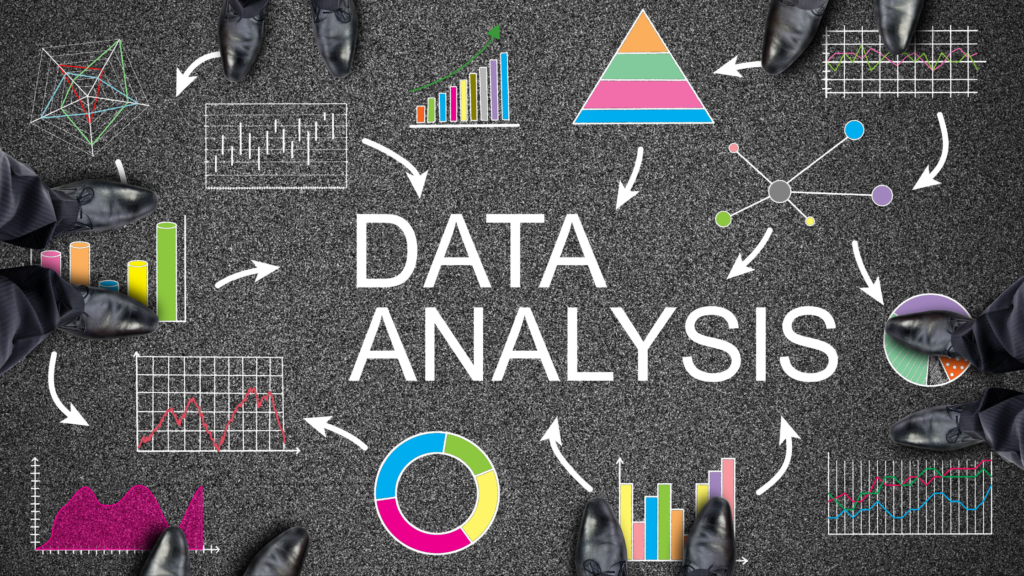AI at work!! Is It Positive or Negative Impact?
Table of Contents
It’s a thrilling time for data science and AI, especially as generative AI advances from a buzzword to a driving force in industries worldwide. Today, we’re exploring how AI, especially generative AI, is changing the job market.
From revolutionizing content creation to pushing the boundaries of machine learning, generative AI is reshaping how we interact with technology. But it’s not just about generating images or text; it’s about a new approach to AI applications that impact businesses, society, and data-driven careers. In this issue, we’re diving deep into generative AI, exploring the tech trends, career opportunities, and top resources to keep you ahead in the field. Stay tuned for the latest in AI, fresh insights into career pathways, and must-have tools to enrich your knowledge and expertise. Let’s dive right in!
How AI is Reshaping the Job Market
Generative AI can create new content, automate repetitive tasks, and handle loads of data, which can mean fewer jobs in some areas but new opportunities in others. As AI changes traditional roles, the job market is evolving toward positions that require advanced skills, creative problem-solving, and strategic thinking. Let’s dive into how AI is reshaping careers and creating exciting new roles!
Career Corner
IT Roles Transformed by Generative AI
Generative AI is changing many IT jobs, especially in fields like software development, data science, and cybersecurity. Here’s what’s happening:
- Software Development: Tools like GitHub Copilot now help with code writing and debugging, making it easier to handle basic programming tasks. This may reduce the need for entry-level coding jobs, but developers will still be needed to design complex systems and supervise AI-driven projects.
- Data Science: AI is making data preparation and analysis faster, automating simpler tasks while creating demand for data scientists who can interpret complex data and work with advanced models. For example, data scientists who can create synthetic data for fields like healthcare will be increasingly valuable.
- Cybersecurity: AI helps detect and respond to low-level security threats, reducing routine work. However, skilled cybersecurity experts will still be needed for high-stakes issues and developing security systems for AI-driven environments.
- UX/UI Design: AI design tools can create basic designs and layouts quickly. While this reduces the demand for entry-level designers, it increases the need for creative designers who can build user-friendly, human-centered designs.
Non-IT Roles Transformed by Generative AI
Generative AI is also affecting non-IT jobs, especially those in customer service, finance, and healthcare.
- Customer Service: AI chatbots like ChatGPT can now answer basic customer questions, so companies may need fewer agents for simple inquiries. However, human agents will still be necessary for complex issues and personalized customer support.
- Legal and Compliance: AI tools can now handle basic legal research and document review, reducing the need for entry-level legal assistants. But lawyers and compliance officers will still play a crucial role in interpreting complex cases and ensuring compliance with regulations.
- Healthcare and Diagnostics: AI is assisting with diagnostics and patient records, but skilled healthcare workers, such as nurses and primary care doctors, are essential for patient care and overseeing AI outputs.
The Shift Toward Hybrid Skills
As AI continues to change the job landscape, the future will favor professionals who blend technical know-how with creativity, strategy, and adaptability. Jobs in IT and non-IT fields will increasingly require people who can understand AI tools, interpret AI outputs, and use human skills to work alongside technology. This shift brings unique opportunities for career growth, creativity, and innovation.
New Opportunities Created by Generative AI
AI isn’t just eliminating roles—it’s also creating exciting new ones. Here are some emerging jobs that focus on working with and managing AI:
- Prompt Engineer/Specialist: These professionals create instructions (prompts) for AI, helping models generate the right outputs for tasks like customer support or content creation.
- Synthetic Data Engineer: This role involves creating “synthetic” or fake data to help train AI models, particularly in privacy-sensitive areas like healthcare and finance.
- AI Ethicist: As AI use grows, ethicists are needed to ensure models are used responsibly, checking for issues like bias and privacy risks.
- Conversational AI Designer: Designers in this role create effective dialogue flows for AI, making chatbots and virtual assistants feel natural and user-friendly.
- AI Quality Assurance Analyst: Unlike regular software testers, these analysts ensure that AI models are accurate and free from unintended errors.
Tech Trends Spotlight
Beyond Text and Images
Generative AI is famous for text-to-image and text generation, but recent trends show its potential far beyond these realms. Here’s a snapshot of where generative AI is making headway:
- Generative Code: Automated code generation tools are proving invaluable to developers, whether for debugging or writing complete scripts. GitHub’s Copilot, for instance, has become a programmer’s companion, accelerating productivity by suggesting code based on context. Check out GitHub Copilot to explore the power of automated code suggestions.
- Synthetic Audio and Music: From audio restoration to creating custom soundtracks, generative AI is evolving in the audio sector. Models like Jukedeck and OpenAI’s MuseNet compose original music, bringing new possibilities to industries like gaming, advertising, and content creation.
- Medical Imaging and Diagnostics: In healthcare, generative AI’s ability to produce synthetic medical images and predict disease progression has huge implications for early diagnostics and drug discovery. MONAI on GitHub offers state-of-the-art frameworks for medical imaging, supported by PyTorch, for research and clinical needs.
- Generative Design in Manufacturing: Using models that can propose optimized designs based on constraints, generative AI is helping engineers create lighter, stronger, and more efficient products. It’s transforming fields from aerospace to consumer goods by allowing faster prototyping.
These advancements signal a broad shift where generative AI is no longer a niche but a versatile tool adaptable to a wide range of fields, presenting exciting possibilities for specialists across industries.
Tools and Resources Recommendations
Whether you’re just starting in AI or looking to expand your generative AI toolkit, these resources are worth checking out. We’ve curated libraries, platforms, and projects to sharpen your skills and keep you at the cutting edge:
- Hugging Face Transformers Library: Hugging Face provides an extensive library of transformers that make working with LLMs more accessible. Its pre-trained models and community-driven contributions allow for quick prototyping and experimentation. Get started with Hugging Face Transformers.
- DeepMind’s DeepGen: DeepGen offers tools for generating synthetic data, making it an ideal resource for anyone working with private data in regulated industries. With its focus on privacy-preserving synthetic data, DeepGen is an invaluable tool for those working in healthcare, finance, and other sensitive sectors. Explore more about DeepGen on GitHub.
- OpenAI’s Jukedeck: For AI-driven music generation, Jukedeck allows users to experiment with composing music through generative AI. This can be an engaging resource for exploring how AI models work in creative fields beyond conventional data science applications. Check it out Jukedeck by OpenAI.
- Streamlit for Data Apps: Streamlit makes it easy to build interactive apps for data exploration and model visualization. It’s a fantastic tool for data scientists wanting to create demos or front-end interfaces for their projects without deep web development expertise. Find more about Streamlit on GitHub here.
Call to Action
Try Your Hand at Generative AI
Curious to get hands-on with generative AI? We encourage you to tackle one of the following challenges, all of which can help expand your generative AI expertise and build your portfolio:
- Project Challenge: Create a mood-based playlist generator using a pre-trained language model and Spotify API. It could analyze user input or environmental data (such as weather) to suggest personalized playlists.
- Notebook Collaboration: Join the Hugging Face Community, where you can collaborate on real-world projects or share your models and contribute to open-source developments.
- Portfolio Highlight: If you’ve already built a generative AI project, consider sharing it on platforms like GitHub and Kaggle. Showcase your work and attract opportunities by engaging with a community of like-minded enthusiasts and professionals.
As always, we’d love to hear your thoughts, experiences, and insights! Share your project or connect with us by replying to this email or tagging us on LinkedIn.
Closing Thoughts
Generative AI is a transformative technology that’s creating new possibilities and avenues for innovation across industries. By learning, experimenting, and pushing boundaries with generative AI, you’re not only advancing your career but also contributing to the future of technology itself. We’re excited to see where this technology will lead us in the years ahead and look forward to continuing this journey with you.
Thank you for being part of Data Science Demystified. Keep exploring, stay curious, and remember: the world of AI is vast, and there’s always something new to learn.
#AI #GenerativeAI #FutureOfWork #CareerTransformation #DataScience #AIJobs #CareerCorner #JobMarket #TechInnovation #NewCareers #AI #MachineLearning #DataScience #DataScienceDemystified
Published on LinkedIn on 3rd November 2024




Very interesting
Thank you.